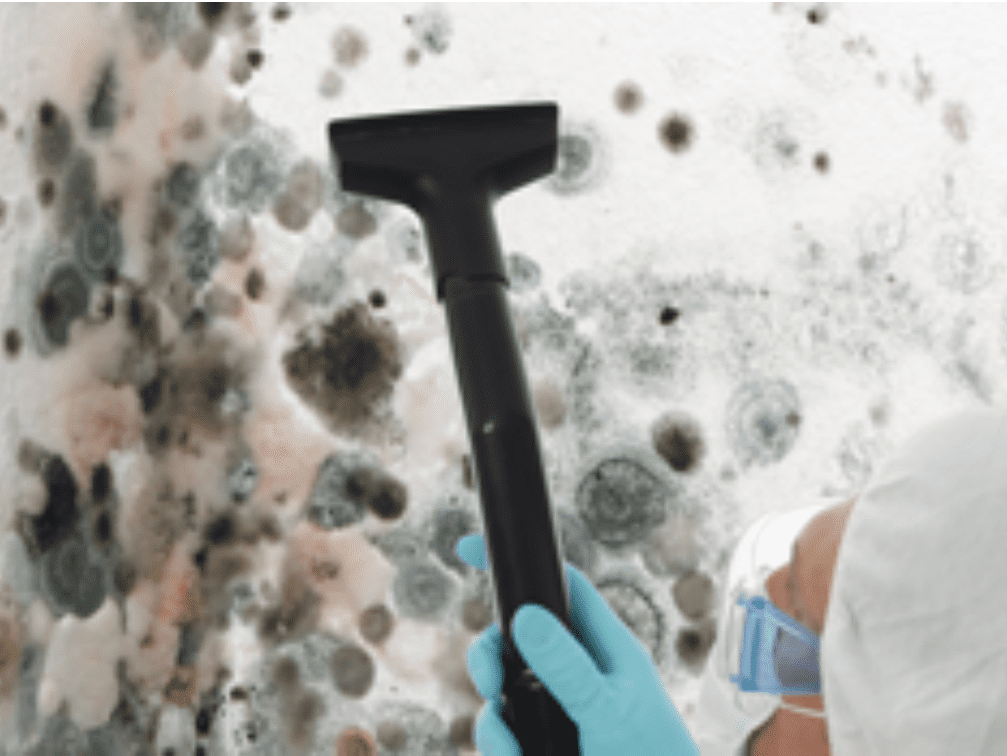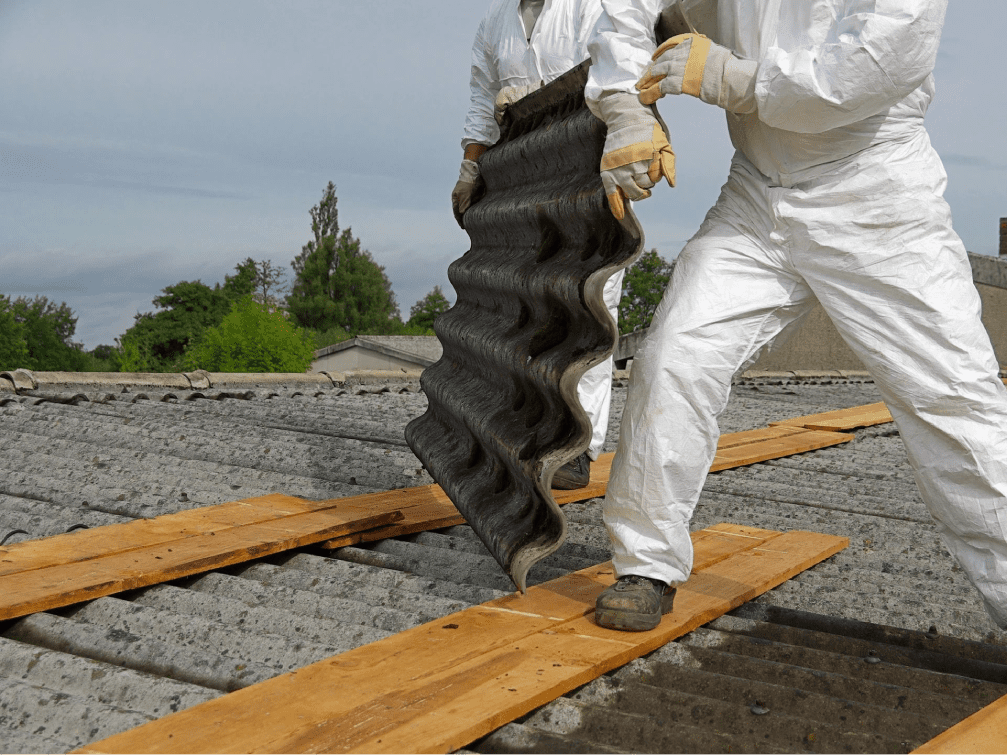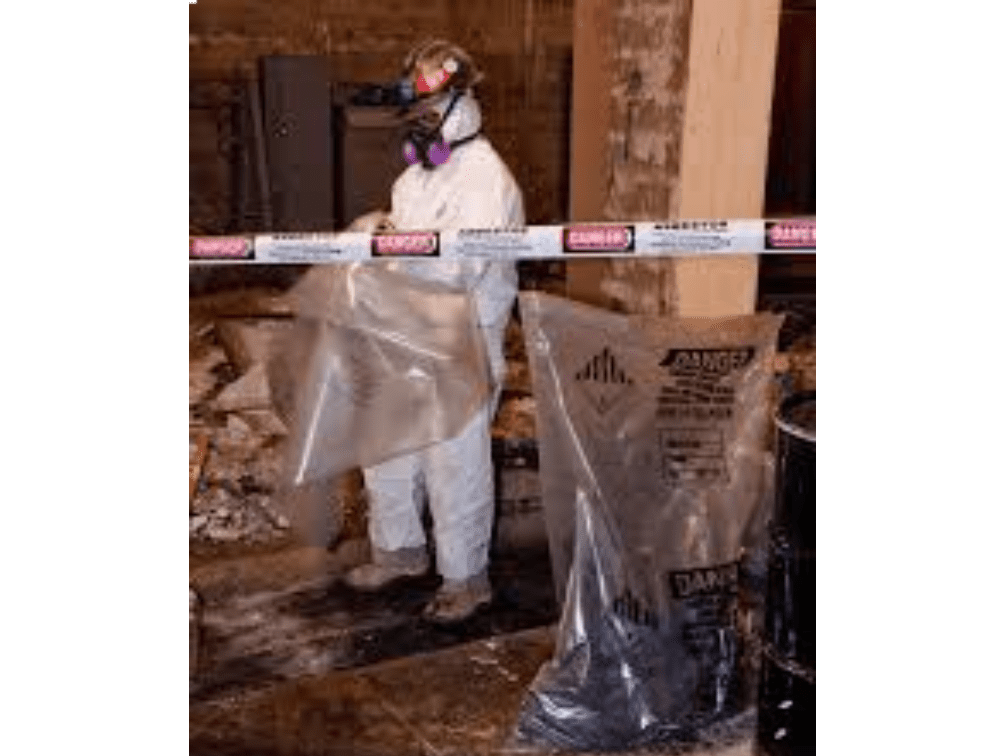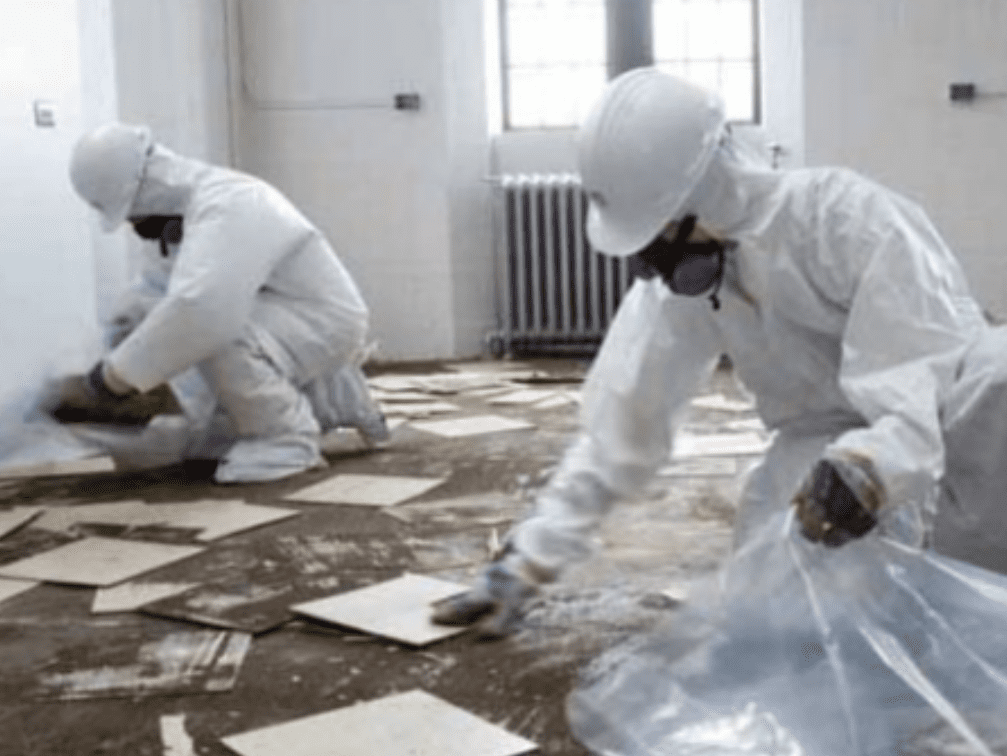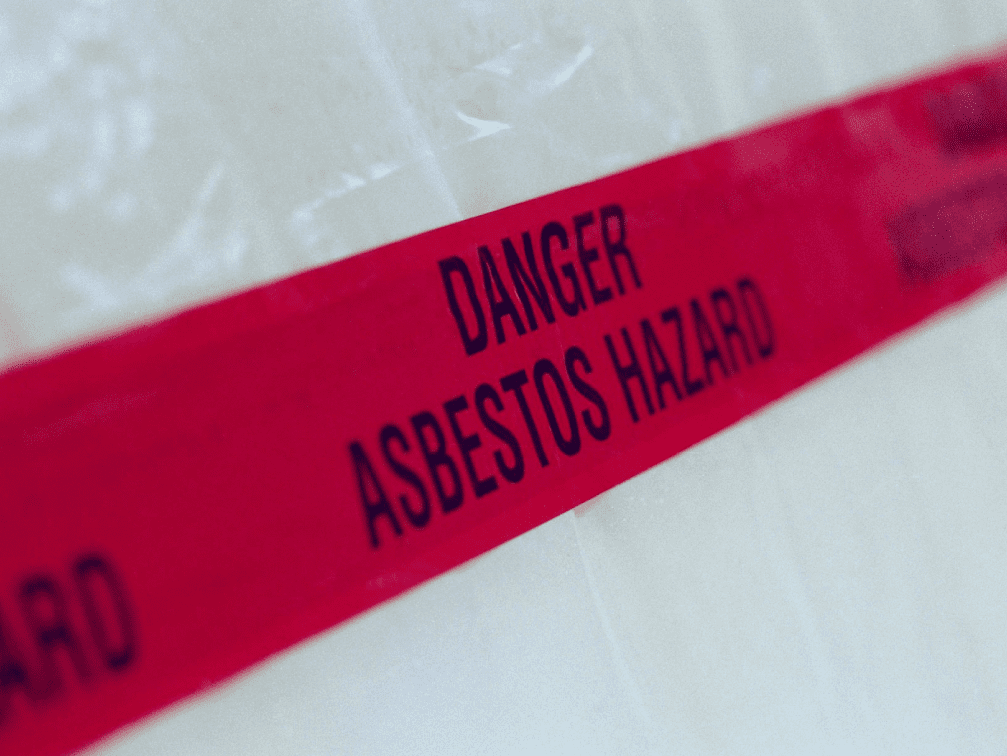Asbestos: Types and Risks
The EPA warns that exposure to any of the known types of asbestos is harmful, and prolonged exposure results in long-term disabilities and even death. When most people hear asbestos, they automatically think of the health risks associated with exposure. However, few people are aware asbestos is a plant that grows in the wild and that the fibers are still being used to manufacture products in the United States and around the world.
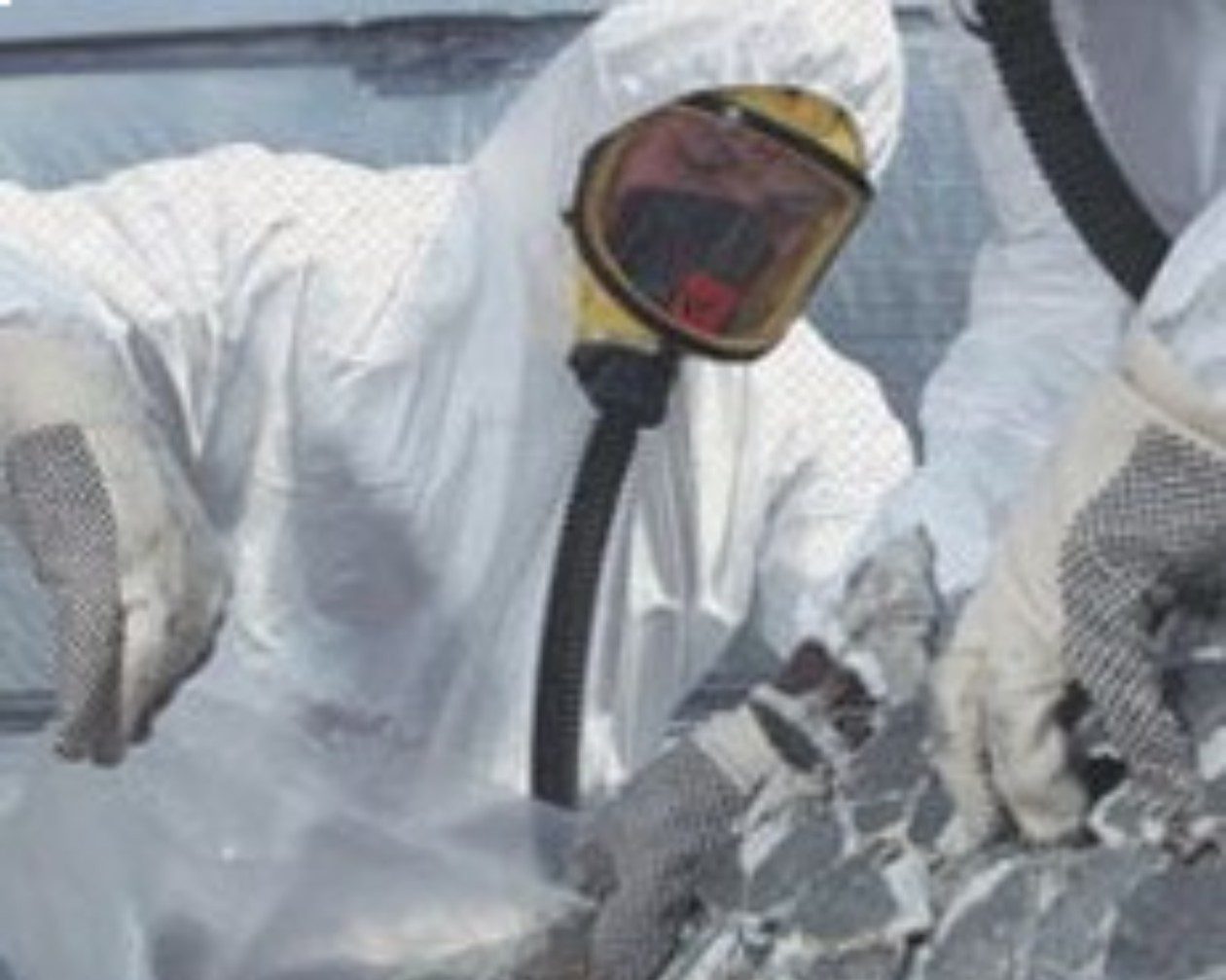
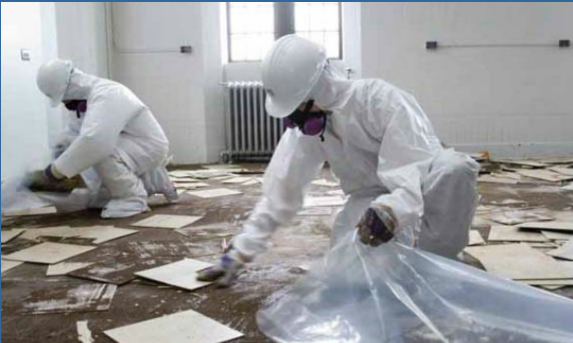
What Is Asbestos?
Asbestos is found in several forms throughout the world. Historians are not aware of where the name originally came from, but they believe it may have come from the Greek word “asbestos,” meaning unquenchable or inextinguishable. One of the key properties of asbestos is its ability to provide exceptional insulation.
Archeologists have found asbestos dating back to the Stone Age. That means asbestos has been growing on the planet for more than 750,000. Various forms of silicate fiber are found in plants throughout the world.

